As ‘Lightyear’ Sputters at the Box Office, Where Should Pixar Go Next?

- Oops!Something went wrong.Please try again later.
[Editor’s note: The following story contains spoilers for “Lightyear.”]
This weekend saw the release of Pixar’s return to theaters with “Toy Story” spinoff “Lightyear,” the origin story for a beloved, uh, toy. Styled as a movie (within a movie franchise? trust us, this actually makes more sense in practice), Angus MacLane’s space-set adventure imagines Buzz Lightyear (voiced by Chris Evans) as a lauded Space Ranger who accidentally strands his spaceship (and hundreds of fellow space travelers) on a distant planet and must somehow find a way home. Lessons are learned, cute robots are introduced, and a motley pack of friends teach Buzz nothing less than the real meaning of life.
More from IndieWire
Both IndieWire executive editor and VP of editorial strategy Eric Kohn and executive editor, film Kate Erbland agree on some of the film’s bigger problems, but their overall reactions diverge. Audiences seem to agree: the film fell far short of its opening weekend projections, and ultimately didn’t even win the top spot at the box office. It’s the rare misstep for the animation powerhouse, but hardly a death knell if it can serve as a course correction for Pixar’s own wild rocket-ship ride.
ERIC KOHN: The weird thing about nostalgia is that it almost always feels better than its source. Watching “Lightyear,” I couldn’t help but think about this disconnect. The whole premise of the movie is that it came out in 1995, when “Toy Story” kid Andy saw it and was inspired. The logic holds up: “Lightyear” is far more underwhelming than the iconic Pixar character behind it.
However, that issue only really kicks in during the final third, as the movie devolves into a pileup of plot twists and half-baked sentimental revelations. I actually enjoyed the time-bending premise of the earlier scenes, as they depict a man so intent on his messianic mission that he loses touch with the world around him. After several attempts to rescue his marooned people by speeding around the planet where they’re trapped, Buzz Lightyear flashes forward so many years that he’s out of touch with everything around him. It’s the most blatant meditation on mortality and aging in any Pixar movie since the opening sequence of “Up.” So why does the movie only go down from there?
I get the impression that “Lightyear” is afraid of its own intellect — it’s a studio product in a constant push-me-pull-you tension with the boundaries around it. As much as I enjoyed Buzz’s robotic pal Sox, a feline variation on HAL by way of Dug the dog, he’s just another lovable side character reverse-engineered to charm audiences whenever time allows. Call it the Baby Yoda effect: When it doubt, douse it in cuteness.
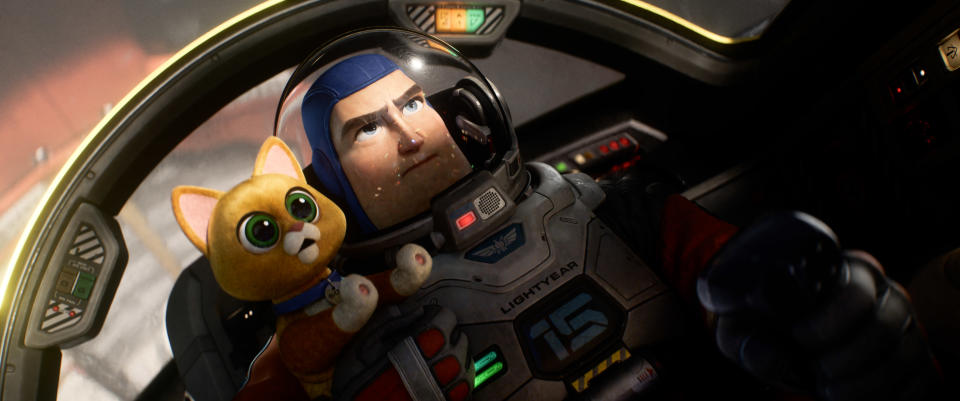
Disney/Pixar
Unfortunately, no amount of “aww” moments can rescue this Pixar entry from sagging into familiarity with time. I think that’s the biggest issue at play here. The “Pixar touch” generally remains intact so long as the studio subdivision has stuck to originality. “Toy Story” and its sequels are an exception because each movie plays as the latest chapter in one ongoing story. But the underwhelming nature of “Lightyear” strikes such a notable contrast to the other 2022 Pixar movie, “Turning Red,” if Disney CEO Bob Chapek wants to do some good in this world he would issue a memo to Pixar insisting it only focus on original ideas going forward. Yeah, I know, I want world peace, too.
Am I right to assume that the IP driving to “Lightyear” is its Achilles’ heel? Did we actually need a whole new Pixar franchise with “Sox: The Movie”?
KATE ERBLAND: I enjoyed “Lightyear” more than you did, though — funnily enough — I also agree with your criticisms, which are all valid, very real, and highlight some major problems when it comes to original storytelling at both Pixar and in Hollywood itself. “Lightyear” was always destined to be reverse-engineered into being, literally created to explain the origin story (??) of a toy (??) from another beloved series (??). Pixar, however, gets a bit of leeway even with that eye-rolling blueprint, because of its proven track record (with a few bumps along the way) for crafting emotional, inventive stories about everything from, yes, literal toys to neurotic fish. It’s what they do.
And yet something else was sort of about “Lightyear” from the jump: it seemed impossible to for anyone to actually explain what it was. Even star Chris Evans, who gamely voices the eponymous superhero and clearly seems jazzed on the whole thing (Captain America himself is a major space nerd IRL), did a lot of meme-able damage with a now-infamous tweet in which he “clarified” that “this isn’t Buzz Lightyear the toy. This is the origin story of the human Buzz Lightyear that the toy is based on.” Uh, what now? It doesn’t have to be that complicated and, in fact, “Lightyear” isn’t that complicated.
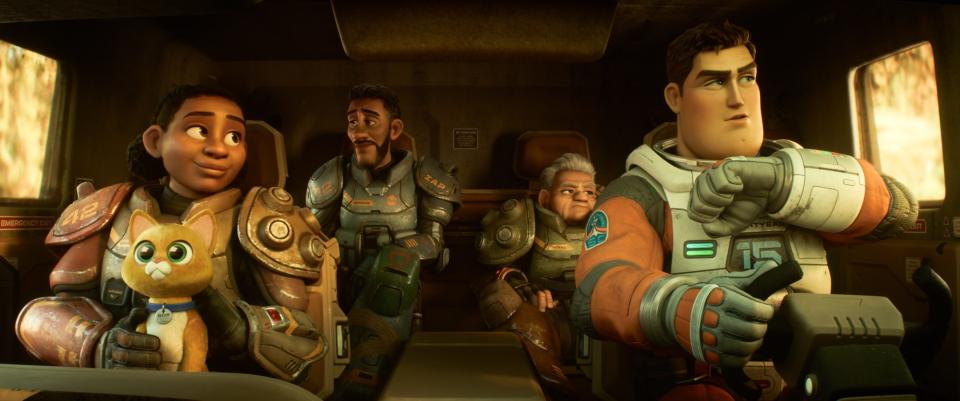
Disney/Pixar
All thanks to whoever (rumor has it, it was Andrew Stanton) cooked up the idea to open the film with a title card that actually clarifies what the film is about (it’s Andy’s favorite movie basically), a smart opening that was greeted in my press screening with both laughs and cheers of recognition. Now we get it, and how cute is that? It is indeed cute, but that cuteness is always at odds with the heavy subject matter you rightly point out. There are big, very human ideas at play here, but they do eventually fold into predictable enough beats. It’s satisfying, but only because it’s been engineered to be that, even if it never quite earns it on its own strength.
The same can be said for Sox, who I adore, mostly because he’s been designed that way, and while I totally see the engineering that goes into turning his smarts, “meowmeowmeow,” and zippy tail into an instant marketing opportunity, I am only human. He was built to delight, and he delights. But, yes, there has to be something more here than just baseline lessons, a hinky hold on time travel, and cute robots cats. That’s what we’ve all come to expect from Pixar, that’s why the studio is so beloved.
Looking ahead, what else do you want to see from Pixar? What lessons should they learn from both the good and the not-so-good stuff at play in “Lightyear”?
KOHN: If Pixar is taking notes, they probably don’t need mine, but here goes: Play to the adults in the room. The so-called “Pixar Touch” is a magical dance between slick, kid-friendly corporate product and substantial filmmaking that appeals to more mature sensibilities. As all those Minions can tell you, the former mission is the easy one. Yet the best of Pixar’s roster has taken the hard route. From “WALL-E” to “Ratatouille,” from “Inside Out” and “Soul,” the studio’s most memorable undertakings grapple with complex storylines laced with serious intellect. Yes, they also have imaginative action sequences and otherworldly conceits, but they elevate the spectacles with ideas.
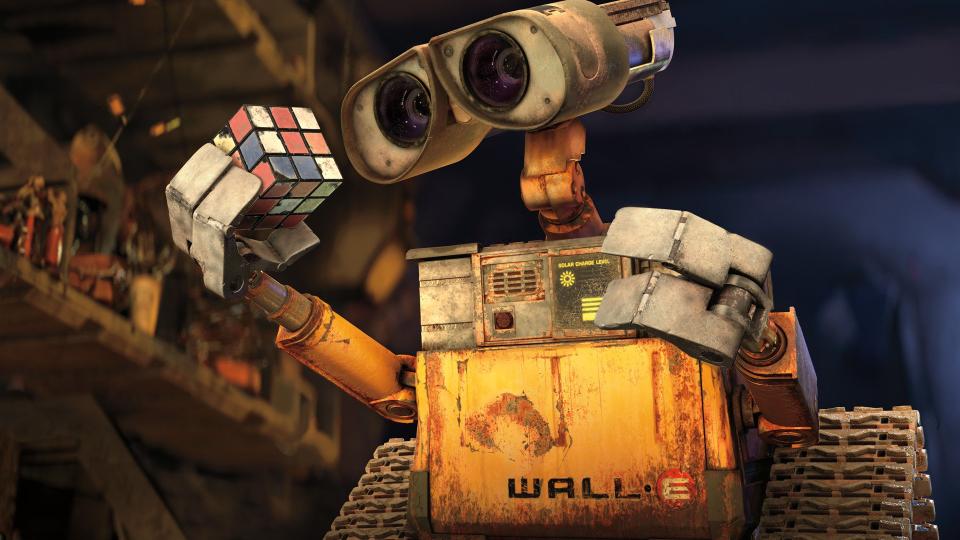
And that itself is tied to the value of original storytelling. “Lightyear” might have worked better if it had stuck to the ambitious journey of its first act, but it sags into a lesser movie in part because that lesser movie is baked into the idea from the start. It’s an easy-route movie that tries to take the hard one and fails. It would make more sense to me for this talented dream factory to double down on dreams we haven’t seen before. If the Disney overlords wants an eternity of spin-offs, let them go to Disney+ series so they don’t get in the way of the good stuff.
I suspect Pixar will continue to produce strong work. There’s too much raw talent baked into that machinery that risen through the ranks. But I also wonder if, decades after some audiences grew up on the brand, Pixar might grow up, too. We know there’s a growing frustration within the animation community about the tendency to treat the medium as a kids-only affair. Consider the open letter to the Academy from Phil Lord and Chris Smith after this year’s Oscars in response to an onstage comment that “so many kids watch these movies over and over,” as they’re the only ones that matter. And at the recent Annecy Animation Festival in France, Guillermo del Toro introduced footage from his upcoming “Pinocchio” by telling the crowd that “animation is film, animation is not a fucking genre.”
All kinds of genres can work creative wonders while making money, too. Could Pixar direct its brand toward actual adult-only animated fare, the kind of bold storytelling that doesn’t need to pander to kids just to make a buck? Is it possible to make an actual major animated movie that kids can appreciate when they’re older? Can we please get an R-rated Pixar version of “Alien” starring Sox?
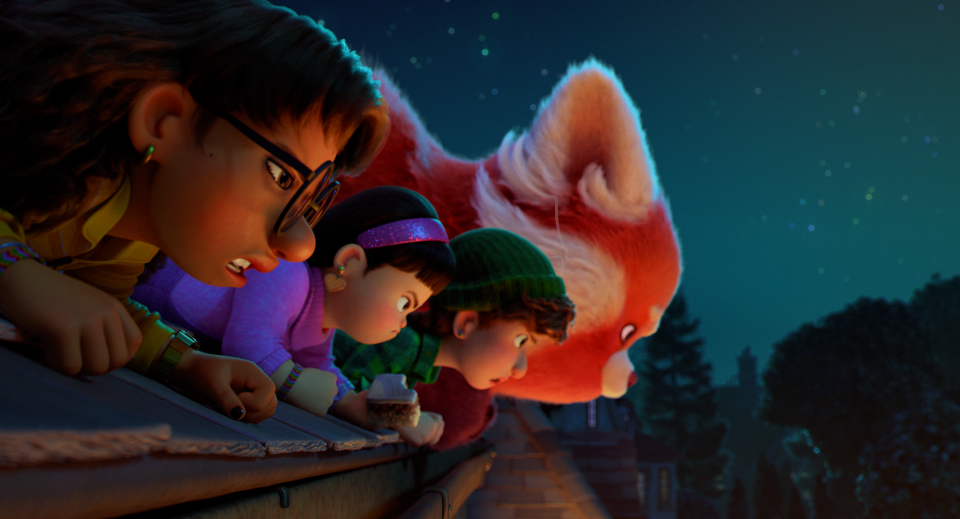
PIXAR
OK, maybe that last one’s a step too far. But there must be some room to push beyond the youth demographic coveted by corporate overlords, because Big Disney has plenty of resources to keep them happy at theme parks, and Pixar is not a ride. You know?
ERBLAND: Having watched “Lightyear” grapple with an unexpected box office take (re: not a big enough one) over the weekend, I’ve continued to wonder where it all went wrong. Was this film really borne from a too-confusing idea? Are families now conditioned to expect their fresh Pixar films to stream on Disney+ sooner enough? Is everyone still just seeing “Top Gun: Maverick” and “Jurassic World: Dominion” instead?
“Lightyear” is not a bad film, and it’s filled with the precise stuff that make people love the animation house. It looks wonderful, it’s funny, it is packed with deeply important life lessons (how could a through-line about making life the best it can be, even with crummy circumstances not strike a chord with viewers these days?), but it’s also still bogged down in the machinations of another franchise. We’ve gotta stop with that, and that’s a decree that should extend far beyond Pixar.
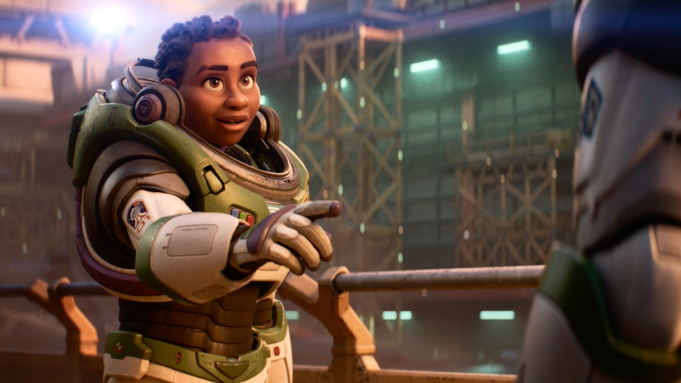
Pixar
I don’t think Pixar will ever go whole-hog on adult-centric entertainment, but you’re right, the animation house needs to remember that even the kids that love their movies are going to turn into adults someday, and adulthood is much, much longer than childhood. And big messages and sterling creative work appeal to everyone, no matter the age. Pixar was brought up within that concept, and it’s time to get back to it.
The studio has three more films on the calendar in the coming years: two untitled projects for 2024, plus Peter Sohn’s (the voice of Sox!) “Elemental” for 2023. That film shows promise: it’s billed as being set in “a city where fire, water, land, and air residents live together, a fiery young woman and a go-with-the-flow guy are about to discover something elemental: How much they actually have in common.” It also sounds like just the ticket for Pixar right now, the kind of thing that can (forgive me for the pun), get them all back to the elements that have made them such a powerhouse to begin with.
A Disney release, “Lightyear” is now in theaters.
Best of IndieWire
15 Other Great Modern Westerns to Watch Beyond 'The Power of the Dog'
New Movies: Release Calendar for June 17, Plus Where to Watch the Latest Films
Sign up for Indiewire's Newsletter. For the latest news, follow us on Facebook, Twitter, and Instagram.

